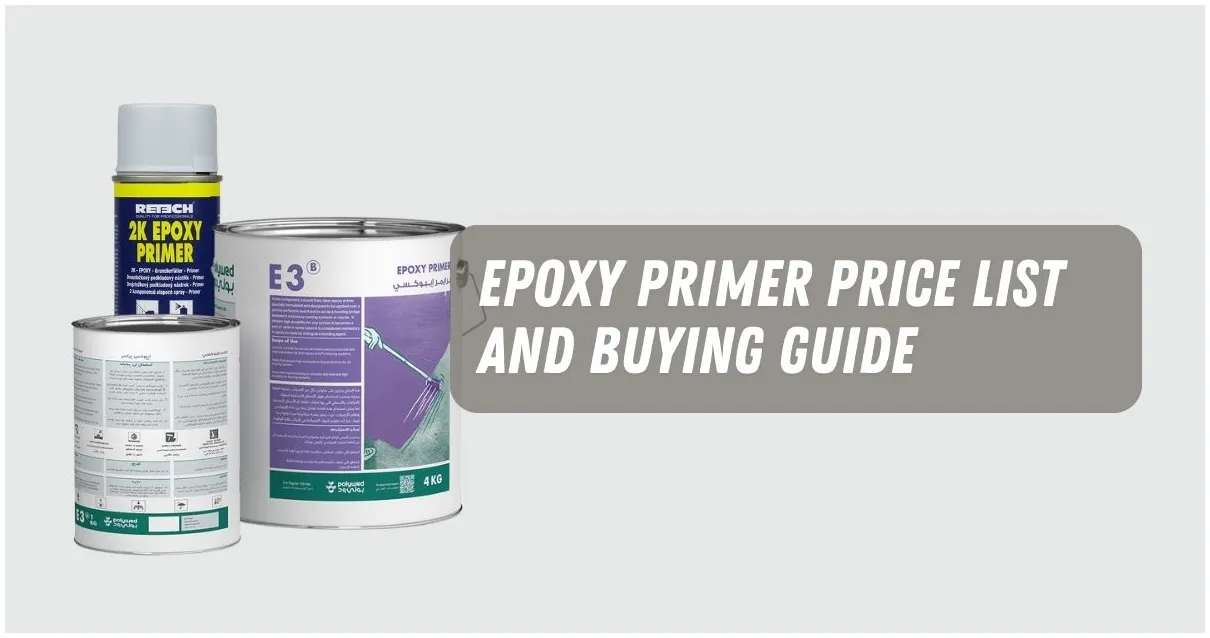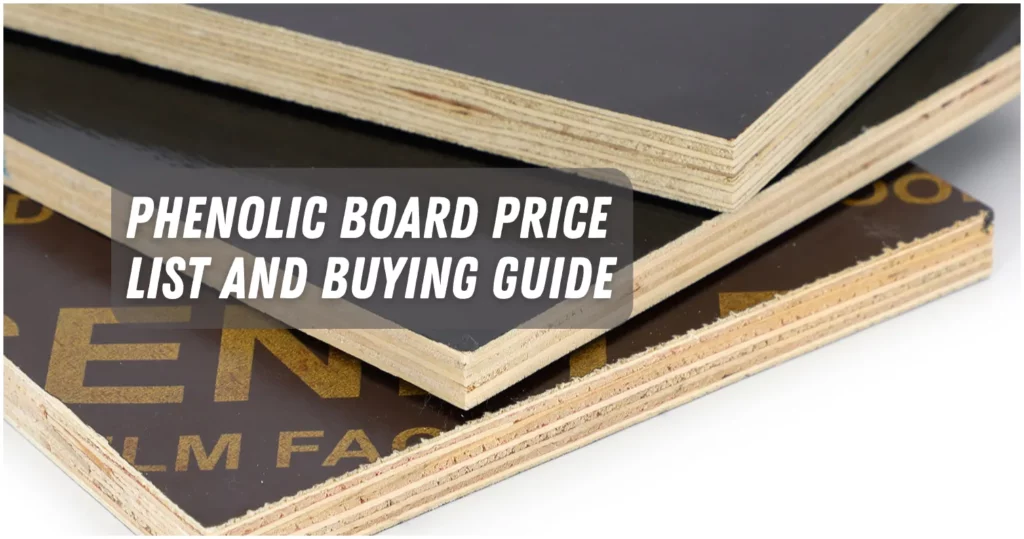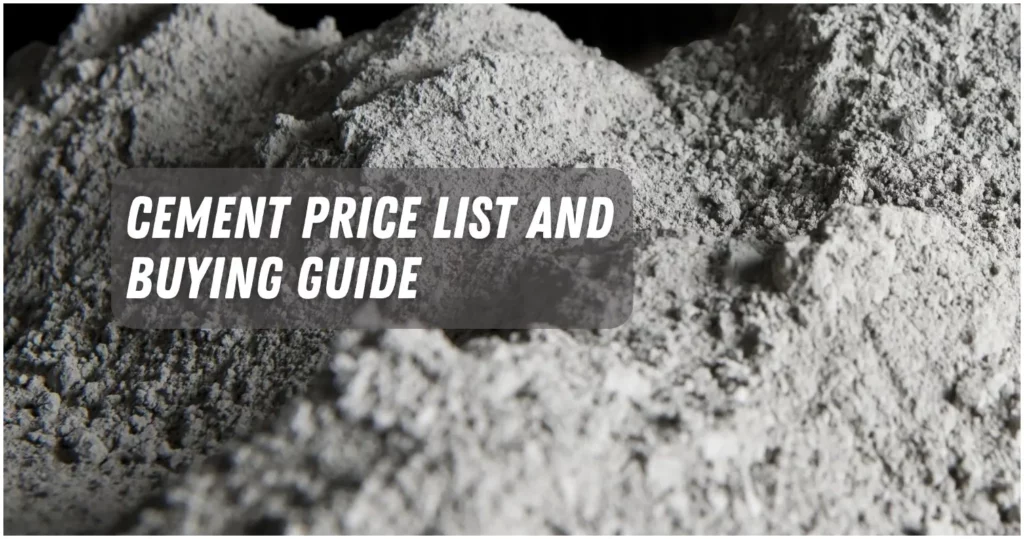Epoxy primer might be a good choice if you want to cover metal surfaces with a layer that will last and protect them for a reasonable price.
In this piece, we’ll talk about what epoxy primer is, what it’s used for, the different kinds of epoxy primer, and how much epoxy primer price in the Philippines.
We’ll also talk about the pros and cons of epoxy filler and some things you should know before using it.
What is Epoxy Primer?

Epoxy primer is a kind of paint that sticks very well to metal. It acts as a sealant to stop rust and damage from moisture.
It gives the final paint a smooth base and makes the paint last longer. Make sure the area is clean and dry before applying.
Epoxy primer is often used in the car industry to prevent rust and make paint stick better.
Epoxy Primer Uses

There are lots of ways to use epoxy filler. Because it seals and covers things like the outside of a car, walls, and cement floors.
It gives paint and other undercoats a strong glue to stick to. It is often used on metal parts like car parts, industrial tools, and ships that are exposed to harsh conditions.
You can also use epoxy filler on wood and concrete surfaces that need to be more safe and durable. You can roll it on, spray it on, or put it on with a brush.
Types of Epoxy Primer
There are many kinds of epoxy starters, and each has its own properties and uses. Here are some popular ones:
1. Solvent-based Epoxy Primer

This kind has liquids in it and sticks well to many different surfaces. It’s used a lot in business and industry.
2. Water-based Epoxy Primer

As the name suggests, this type of epoxy primer is water-based and has low VOC (volatile organic compound) emissions. It works well both inside and outside.
3. High-build Epoxy Primer

This kind is thicker and makes a thicker film, which helps fill in surface flaws and make a better finish. It is often used on surfaces that have small flaws or rough spots.
4. Rust-inhibitive Epoxy Primer

This type of epoxy primer is made to keep rust and rusting from happening on metal surfaces. It offers great protection and is often used in car and boat uses.
5. Concrete Epoxy Primer

Designed for use on concrete surfaces, this type of epoxy primer helps seal and protect the concrete, making it easier for the next treatment to stick and last longer.
It’s important to choose the right type of epoxy primer for your project, taking into account things like the substrate type, environmental conditions, and the performance qualities you want.
Also, epoxy primers can be separated based on how they are made:
- One-Part Epoxy Primer: A base coat for bare metal that creates a non-porous layer and fixes small flaws.
- Two-Part Epoxy Primer is made of a sealer and zinc phosphate. It prevents rusting and can be used in a variety of ways.
- Epoxy Primer Color: Primarily found in white, it is used to bind and seal surfaces like concrete and steel. Neutral colors like black or gray are also offered.
Epoxy Primer Price List
The name, type, size, and quality of the product can change the price of epoxy primer in the Philippines.
But the prices generally range from ₱230 to ₱1,535.
Here are some examples of how much different brands of epoxy primer cost in the Philippines:
| Brand and Epoxy Primer Type | Size | Price Range |
|---|---|---|
| USA Epoxy Primer Gray or White with Catalyst Quart Size 2 Component SET | 1 Liter | ₱230 – ₱245 |
| Davie Epoxy Primer Gray for metal with Catalyst | 1 Liter | ₱290 |
| Samurai 2K04 / 2K06 Epoxy Surfacer (Primer) | 400 ml | ₱650 – ₱675 |
| Guilder Epoxy Primer with Catalyst | 4 Liters | ₱875 – ₱1,535 |
| Boysen Epoxy Primer B-2230 Gray with Catalyst | 4 Liter + 1 Liter | ₱1,131 |
Advantages and Disadvantages of Using Epoxy Primer

Using epoxy primer has some benefits and side effect that you should consider before applying it. Here are some of them:
Pros:
- It sticks well to metal objects and protects them well.
- Prevents corrosion, rust, and moisture harm.
- Makes a base for topcoat paint that is smooth and even.
- Fills in small cracks and flaws.
- Makes the paint look better and last longer.
Cons:
- In some places, it can be expensive and hard to find.
- Due to its toxicity and ability to catch fire, it needs good ventilation and safety tools.
- Working with two-part epoxy filler can be hard because it needs to be mixed just right and given enough time to set.
- Changes in temperature and humidity can affect how it cures and how it works.
- If it doesn’t work well with some finishing paints, it may peel or break.
Things You Should Know About Epoxy Primer
Before you put on epoxy primer, you should know a few things to make sure it goes on well and safely. Here are a few examples:
- Where do I put the epoxy primer? Use on a metal surface that is clean and dry. Take off the dirt, paint, and rust. Put tape over the parts you don’t want to paint.
- Can water get through cement primer? Yes, but it is not watertight. Put on a finish to protect it even more.
- Can I just paint over the cement primer? Yes, if fully healed and suitable. Sand lightly before putting on the topcoat.
- Does epoxy paint keep rust away? Yes, it stops rust from forming. Remove any rust before you put it on.
- How long does it take for the epoxy primer to dry? Drying time changes. Most of the time, one-part paint dries faster (in 1-2 hours) than two-part paint (in 4-6+ hours). Follow the directions given by the maker.


